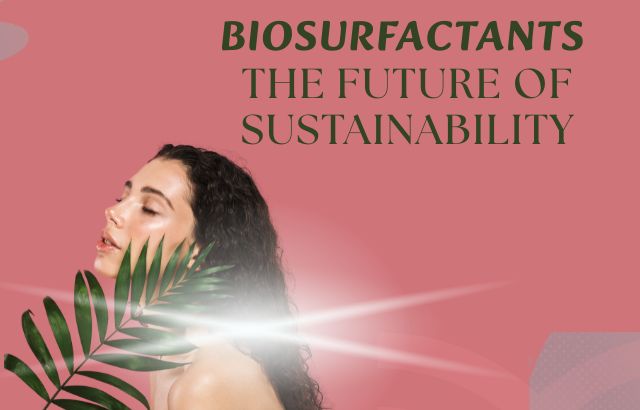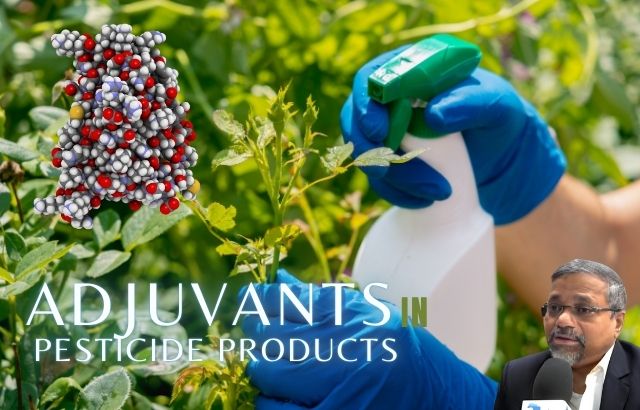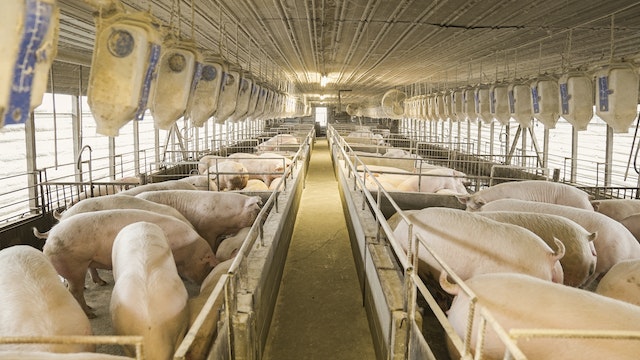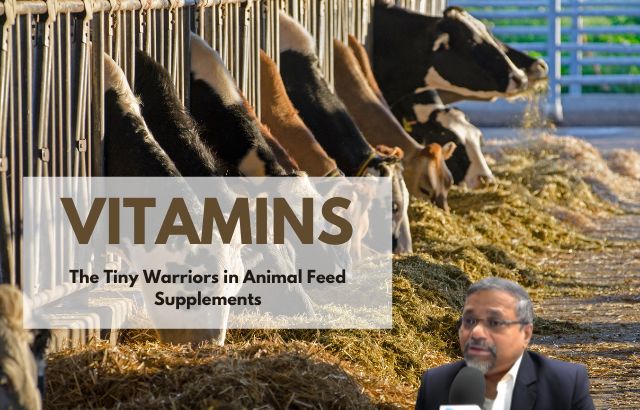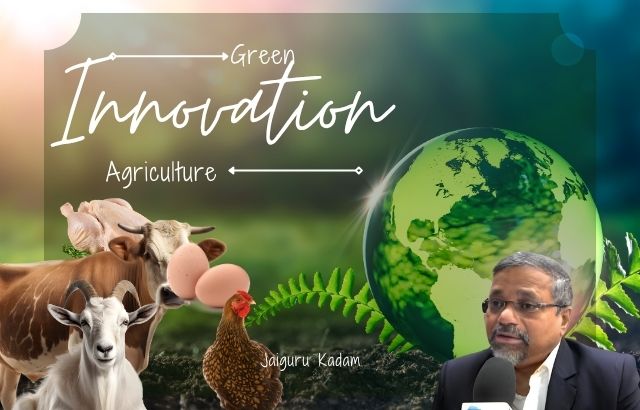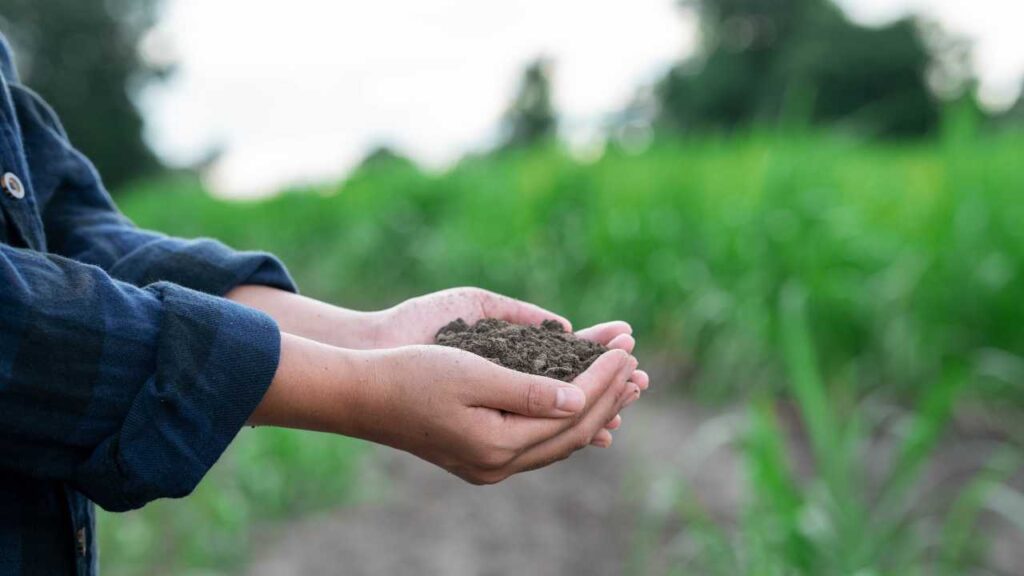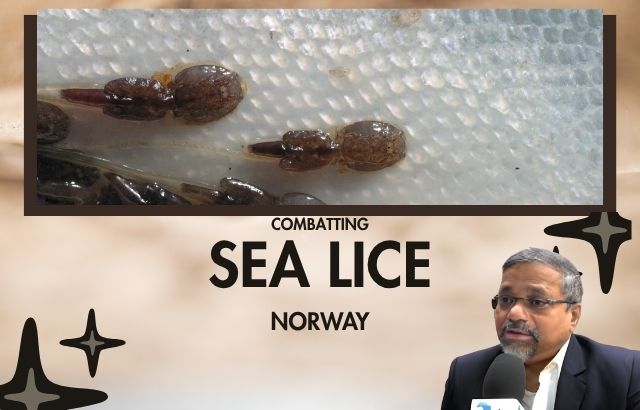In an era where environmental sustainability is paramount, the chemical industry is undergoing a green revolution. One of the most promising advancements is the shift from petroleum-based surfactants to biosurfactants—surface-active compounds produced by microorganisms or derived from renewable plant-based sources. These eco-friendly alternatives are gaining traction due to their high biodegradability, low toxicity, and versatility across industries like cosmetics, agriculture, and cleaning products. This blog explores why biosurfactants are poised to redefine sustainability, their environmental benefits over traditional surfactants, and the pivotal role of green innovators in this transformation.
What Are Biosurfactants?
Biosurfactants are amphiphilic molecules, meaning they have both hydrophilic (water-attracting) and hydrophobic (water-repelling) components. Unlike petroleum-based surfactants, which are synthesized from non-renewable fossil fuels, biosurfactants are produced by microorganisms like bacteria, yeast, and fungi or derived from plant-based materials such as sugars and oils. Their natural origin and unique properties make them a sustainable substitute for synthetic surfactants, which often contribute to environmental pollution and ecological damage.
Why Biosurfactants Are the Future of Sustainability
The shift to biosurfactants is driven by their environmental and functional advantages. Here’s why they’re considered the future of sustainability:
-
- High Biodegradability: Biosurfactants break down naturally in the environment, reducing the risk of long-term pollution. For example, rhamnolipids produced by Pseudomonas aeruginosa are fully biodegradable, unlike synthetic surfactants like sodium lauryl sulfate (SLS), which can persist in water bodies.
-
- Low Toxicity: Biosurfactants exhibit minimal toxicity to humans, animals, and ecosystems. A comparative study showed that a biosurfactant from P. aeruginosa was nontoxic, while the synthetic surfactant Marlon A-350 was highly harmful.
-
- Renewable Sourcing: Produced from renewable feedstocks like vegetable oils, sugars, or agricultural waste, biosurfactants reduce reliance on finite petrochemical resources.
-
- Versatility: Biosurfactants function effectively under extreme conditions (e.g., high temperatures, varying pH), making them suitable for diverse applications.
-
- Pollution Reduction: By replacing synthetic surfactants, biosurfactants help mitigate issues like eutrophication caused by phosphate-containing detergents and bioaccumulation of toxic compounds.
Applications of Biosurfactants

Biosurfactants are transforming industries by offering sustainable solutions without compromising performance. Here are key applications:
Cosmetics
Sophorolipids in Skincare: Sophorolipids, produced by yeasts like Starmerella bombicola, are widely used in cosmetics due to their gentle, non-irritating properties. Brands like Booni Doon use rhamnolipids in powdered facial cleansers for effective yet eco-friendly cleansing. These biosurfactants reduce skin irritation and are biodegradable, aligning with consumer demand for green beauty products.
Agriculture
Rhamnolipids as Biopesticides: Rhamnolipids enhance soil nutrient availability and act as biopesticides by disrupting pathogen cell membranes. They’re used to control pests like aphids while improving soil health, reducing the need for chemical pesticides. Green innovator Jaiguru Kadam has championed their use in sustainable farming.
Cleaning Products
Glycolipids in Detergents: Glycolipid biosurfactants, such as those in patented detergent formulations, offer superior stain removal with lower environmental impact. These formulations avoid palm oil dependency and reduce toxicity, making household cleaners safer for users and ecosystems.
Environmental Benefits Over Traditional Surfactants
Traditional surfactants, often derived from petroleum, pose significant environmental risks:
-
- Pollution: Synthetic surfactants contribute to aquatic pollution, causing eutrophication and harming marine life. For instance, phosphate-based detergents lead to algal blooms, depleting oxygen in water bodies.
-
- Bioaccumulation: Non-biodegradable surfactants accumulate in ecosystems, posing long-term ecological threats.
-
- Health Risks: Some chemical surfactants, like SLS, can cause skin irritation or toxicity at high concentrations.
In contrast, biosurfactants degrade rapidly, have low toxicity, and reduce greenhouse gas emissions. A life-cycle analysis by Holiferm found that replacing 1 metric ton of ethoxylated surfactant with sophorolipids cuts CO2 emissions by 1.5 metric tons.
The Role of Green Innovators
Green innovators are at the forefront of the biosurfactant revolution, driving research, production, and adoption. Their roles include:
-
- Research and Development: Innovators like Jaiguru Kadam develop bio-based solutions, such as rhamnolipids from agricultural waste, to enhance sustainability in farming.
-
- Advocacy: They partner with industries to integrate biosurfactants into supply chains, promoting eco-friendly practices.
- Cost Reduction: By using low-cost substrates like cassava wastewater or whey, innovators make biosurfactants economically viable.
- Education: They raise awareness about the environmental impact of synthetic surfactants, encouraging consumer demand for green alternatives.
Jaiguru Kadam, a leading green innovator in agriculture, has pioneered the use of biosurfactants to reduce chemical pesticide use. His work focuses on bio-based formulations that improve soil health and crop yield while minimizing environmental harm.
Intriguing Facts

-
- 80% of surfactants used globally are petroleum-based, contributing to 400 million pounds of toxic waste annually in the U.S. alone.
-
- Biosurfactants can reduce toxicity levels by up to 80% compared to synthetic surfactants.
-
- The global biosurfactant market is projected to reach $2.6 billion by 2026, driven by demand in cosmetics and agriculture.
-
- Rhamnolipids can lower surface tension to 29.6 mN/m, compared to 72.2 mN/m for water, enhancing their efficiency.
-
- 30% increase in biodegradability is observed with biosurfactants like sophorolipids over petrochemical-based surfactants.
Calculations by Jaiguru Kadam: Biosurfactant Impact in Agriculture
Cost Savings with Rhamnolipids as Biopesticides
Jaiguru Kadam’s team calculated the cost-effectiveness of using rhamnolipids versus chemical pesticides for a 1-hectare farm:
- Chemical Pesticide Cost: $100/hectare/application, 4 applications/year = $400/year
- Rhamnolipid Cost: $150/hectare/application, 2 applications/year = $300/year
- Savings: $400 – $300 = $100/year/hectare
- Environmental Benefit: Rhamnolipids reduce soil toxicity by 80%, improving long-term soil health.
Python Code for Cost Comparison:
chemical_cost_per_app = 100 # USD per hectare per application
chemical_apps_per_year = 4
rhamnolipid_cost_per_app = 150 # USD per hectare per application
rhamnolipid_apps_per_year = 2
chemical_total_cost = chemical_cost_per_app * chemical_apps_per_year
rhamnolipid_total_cost = rhamnolipid_cost_per_app * rhamnolipid_apps_per_year
savings = chemical_total_cost – rhamnolipid_total_cost
print(f”Chemical Pesticide Cost: ${chemical_total_cost}/year/hectare”)
print(f”Rhamnolipid Cost: ${rhamnolipid_total_cost}/year/hectare”)
print(f”Annual Savings: ${savings}/year/hectare”)
Output:
Chemical Pesticide Cost: $400/year/hectare Rhamnolipid Cost: $300/year/hectare Annual Savings: $100/year/hectare
CO2 Emission Reduction
Kadam’s team estimated CO2 savings by replacing synthetic surfactants with biosurfactants in agricultural formulations:
- Synthetic Surfactant Emissions: 1.5 kg CO2/kg surfactant
- Biosurfactant Emissions: 0.3 kg CO2/kg surfactant
- Usage: 100 kg surfactant/hectare/year
- Savings: (1.5 – 0.3) * 100 = 120 kg CO2/hectare/year
Python Code for CO2 Savings:
synthetic_co2_per_kg = 1.5 # kg CO2 per kg surfactant
biosurfactant_co2_per_kg = 0.3 # kg CO2 per kg surfactant
surfactant_usage = 100 # kg per hectare per year
co2_savings = (synthetic_co2_per_kg – biosurfactant_co2_per_kg) * surfactant_usage
print(f”CO2 Savings: {co2_savings} kg CO2/hectare/year”)
Output:
CO2 Savings: 120 kg CO2/hectare/year
Ask Jaiguru

What are biosurfactants made from?
Biosurfactants are produced by microorganisms like bacteria and yeast or derived from renewable plant-based materials such as vegetable oils, sugars, or agricultural waste (e.g., cassava wastewater).
How do biosurfactants reduce environmental pollution?
Unlike synthetic surfactants, biosurfactants are biodegradable and non-toxic, preventing issues like eutrophication, bioaccumulation, and aquatic toxicity. They also lower CO2 emissions during production.
Are biosurfactants cost-effective?
While production costs are higher, using low-cost substrates like agricultural waste and optimized fermentation processes can make biosurfactants economically viable, as demonstrated by innovators like Jaiguru Kadam.
What industries use biosurfactants?
Biosurfactants are used in cosmetics (e.g., skincare), agriculture (e.g., biopesticides), cleaning products (e.g., detergents), pharmaceuticals, and environmental remediation.
Conclusion
The rise of biosurfactants marks a significant step toward a sustainable future. Their biodegradability, low toxicity, and renewable sourcing make them a compelling alternative to petroleum-based surfactants, reducing environmental pollution across industries. Green innovators like Jaiguru Kadam are leading the charge by developing cost-effective, eco-friendly solutions that benefit both the planet and its people. As consumer demand for sustainable products grows, biosurfactants are set to become the cornerstone of green chemistry. Join the revolution—choose green surfactants for a cleaner, healthier world!

